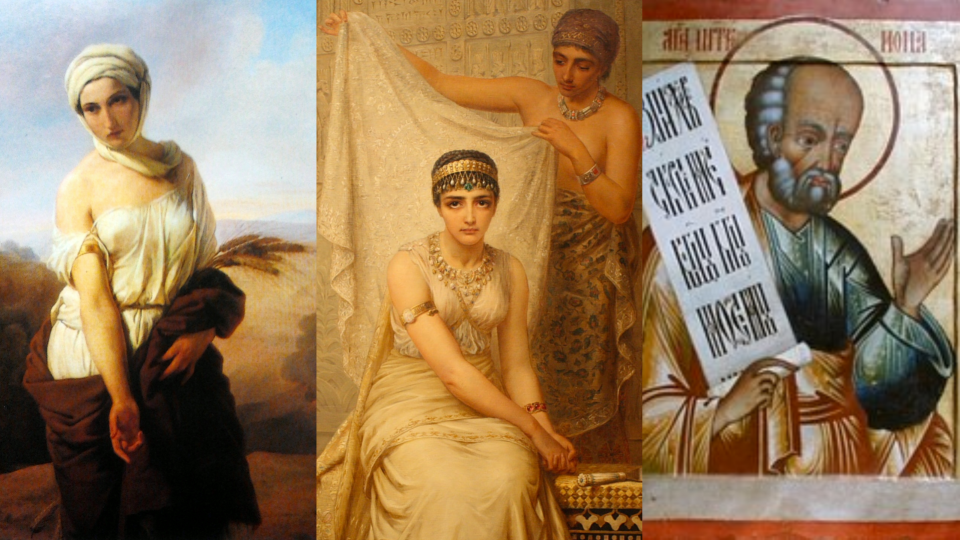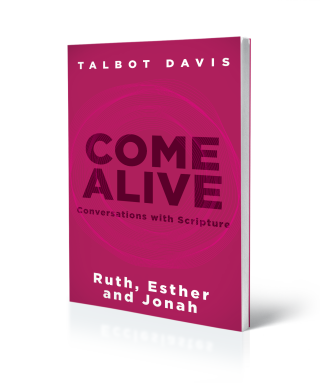Why Ruth, Esther, and Jonah Should Be Read Together
It is fair to ask, “Why these three very different books of Ruth, Esther, and Jonah? What common threads possibly hold books from different time periods and written in different genres together?”
Consider the following:
One book has all the hallmarks of a masterfully written short story, describing with supreme restraint events that took place in approximately 1200 BC. The book of Ruth is timely and timeless, poignant and personal, artistic and anthemic.
The second book takes the form of a “non-fiction novel” in its narrative description of life in Persia in approximately 480 BC. So in addition to a 700 gap in time between the two books, we’re also faced with a change in geography and leadership – from the pastoral setting of ancient Israel to the chaotic scenes of early Persia. The book of Esther thrills, educates, and even befuddles with its concluding scenes.
The third book is a bewildering tale we place historically between Book One and Book Two – around 750 BC – but yet we find much later in the chronological pages of our Bible. We find Jonah in what’s called The Minor Prophets section of the biblical library, though I suspect he deserves a category all his own: the only book in the Bible named after the villain.
Ruth and Esther both end in ancient versions of a white picket fence and “they lived happily ever after.”
Jonah ends with a question mark because if there’s one thing we know about this prophet, it’s that he can’t be happy unless he is first unhappy.
This brings me back to the original question: why these three books in this one volume? Three primary answers arise:
-
All three books are named after a figure who, while almost certainly not the author of the book, is nevertheless a central figure in it.
-
The three convey historic events told with a novelist’s flair. In this holy triumvirate, we see all the virtues of Hebrew narrative at its best – irony, restraint, timing, surprise, and wit.
-
We see the unexpected actions of our God in the unsuspecting lives of women and men. In Ruth, we enjoy how God deploys those who live lives of quiet dignity. In Esther, we witness him working behind the scenes in a land at a time where he is not even to be named. And then in Jonah, we absorb how God works either inside of us or in spite of us – but he will work all the same.
Here's a ten-dollar word for you: eponymous. What does eponymous mean? It’s slightly pretentious way of saying something is named after someone. That includes television shows such as Roseanne, Seinfeld, MacGyver, and Mary Tyler Moore. Eponymous movies include Amadeus, Arthur, Matilda, and if you’re in for a fright, Carrie. From the world of literature, we can add MacBeth, Lolita, Dr. Zhivago, and, naturally, Stuart Little.
Admit it: learning what eponymous means and how you can use it was worth the price of this book.
Yet we know something even better about our biblically eponymous books: God uses the characters within to point to the Character beyond. He masterfully employs the personalities of Ruth, Esther, and even Jonah to point to the Person of Christ. It is for his sake and through his eyes that we come alive in these biblical treasures.
Order Talbot Davis's newest Come Alive book, Ruth, Esther, and Jonah now!


